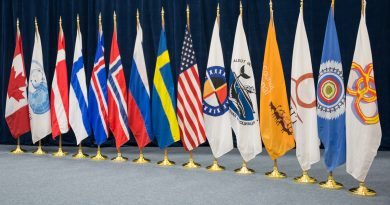Blog: Arctic Sweden—Kiruna pivots from underground to outer space
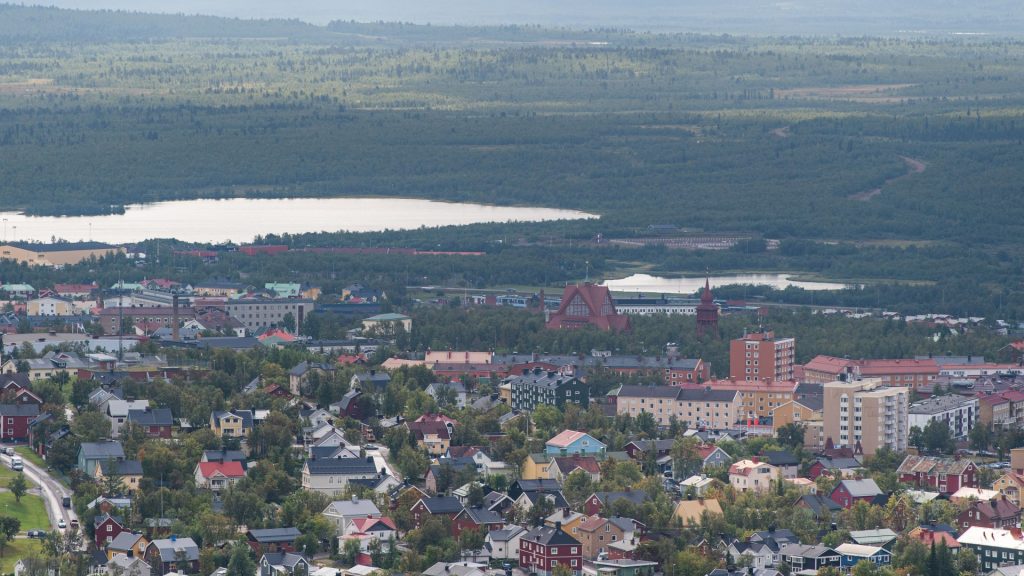
On January 13, 2023, mainland Europe’s first spaceport opened in the Swedish Arctic city of Kiruna–better known for iron ore mining and its dramatic and ongoing relocation.
The Swedish Arctic city of Kiruna is perhaps best known for its dramatic and ongoing relocation. With the Swedish state-owned mining company, LKAB, digging iron ore out from under the tundra since 1900, the city’s earthly foundations are eroding. This literal undermining has led the company to pursue a billion-dollar relocation to move dozens of buildings, from old churches and bookstores to family residences, piece-by-piece to a new location three kilometers to the east.
While all the focus has been on the underground iron ore mine, where operations now extend 1365 meters below ground, and on the city’s lateral move, less attention has been paid to the spaceport, which opened on January 13, 2023. When I traveled to Kiruna in August 2019, for instance, I paid no attention to the space industry, looking down into the ground instead of up into the skies.
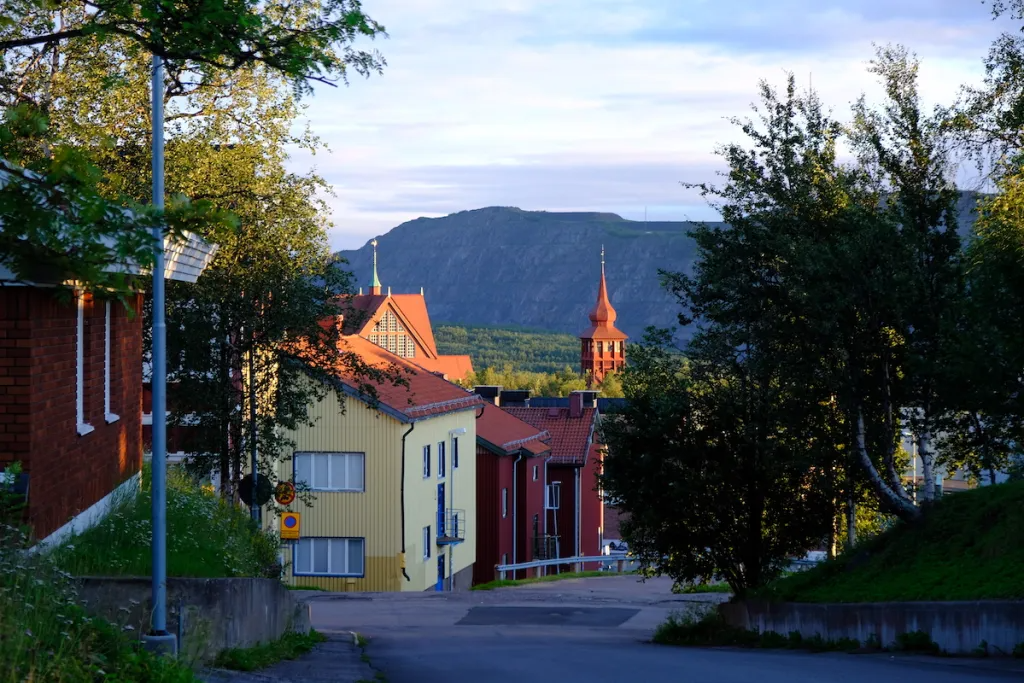
To open what is being billed as “Mainland Europe’s first satellite launch complex,” the King of Sweden, the Swedish Prime Minister, and the President of the EU Commission all travelled north to Kiruna in January. Coincidentally, Sweden also took over the Presidency of the Council of the European Union, which it will hold until June 2023.
Europe will now be able to launch satellites from within its borders. Prior, the continent only had guaranteed access to space via a spaceport in French Guiana, an overseas department of France. With the opening of Spaceport Esrange outside Kiruna, the Swedish Arctic frontier will serve as a second European Union periphery alongside the former colony in South America enabling member states to put instruments into orbit.
Stefan Gardefjord, the CEO of the state-owned Swedish Space Corporation, which will operate Spaceport Esrange, remarked in a press release:
“This new launch complex will help creating a foundation for a resilient Europe in Space. New satellite constellations in orbit, responsive launch capabilities and development of reusable rocketry will enable a secure, competitive and sustainable Europe. This will make Europe stronger.”
STEFAN GARDEFJORD, CEO, SWEDISH SPACE CORPORATION
Just as the iron ore mine’s 120 years of operations have turned the Earth “inside-out,” to borrow from Stanford historian Gabrielle Hecht, so, too, will the space complex. The Esrange Space Center, which was built in 1964, would not have been possible without the iron ore mine and the infrastructure that sprung up around it. The extractive industry compelled the construction of a railway extending west to the ice-free Norwegian port of Narvik and south towards Stockholm. This transportation infrastructure was crucial in driving the development of the space sector in Kiruna, which hosts not only the Esrange Space Center, but also the Swedish Institute of Space Physics (IRF) and the Space Campus of the Luleå University of Technology.
One scientist from the IRF with whom I spoke remarked, “The Swedish Institute of Space Physics (IRF) got its start just as the railroad was being built. It actually started north of here, in Abisko. People were interested in the aurora. Then came the Second World War, and the aurora affected military communications, so people really wanted to understand them.”
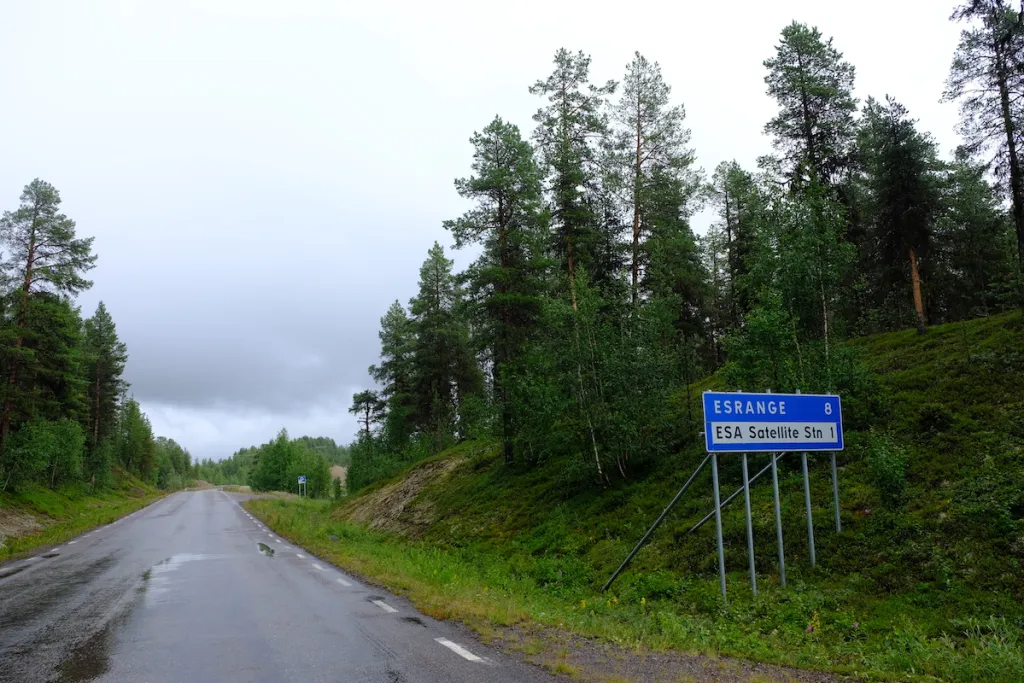
Particularly in the Arctic, the development of resources, the military, and science are all interlinked. For many government officials and strategists living outside the Arctic, the region is one huge and sparsely populated testing ground, whether for wargaming or rocket science. As one space physicist expressed, “Kiruna is the right place for reusable rocket tests – there’s all the space in the world.” Space, too, that Sámi herders need to move their reindeer from pasture to pasture – a space now bisected by railroads, hollowed out by electric trolley trucks hauling iron ore, and, soon enough, reverberating with the sound of satellites being blasted into the black void of space.
The IRF officially opened in 1957 – the same year that the Soviet Union launched the first satellite, Sputnik. Since the 1960s, sounding rockets and high-altitude balloons have been launched from Esrange, with Russia just over the horizon. After the country invaded Ukraine in February 2022, all launches ceased for fear of provoking Russia. They finally restarted in October.
In 2023, Esrange will launch not only rockets and balloons, but satellites, too. The press release announcing the opening of the space complex suggests that by 2040, “the total number of satellites could reach 100,000 – compared with the 5,000 operational satellites in orbit today.” That is a vast number. One study suggests that in the coming years, one out of every 15 points of light in the sky will be a satellite. The amount of objects soon to be orbiting Earth risks realizing the Kessler syndrome, a point at which there are so many objects in low Earth orbit that collisions between them render space unusable. Humans may effectively be trapped on Earth by rings of floating space junk and unable to get off the planet. This scenario resembles what is already a reality for Sámi reindeer herders, whose universe has shrunk as industrial activities have circumscribed their ability to freely roam.
The rapid development of outer space, which is accelerating as a result of its commercialization, thus has implications on the ground. Already, around the Esrange Space Center, one interlocutor indicated that there are safe houses for Sámi reindeer herders to shelter in when a rocket launch is taking place. He added that sometimes, herders find metal debris on the tundra, which they collect and bring to the space center in exchange for money.
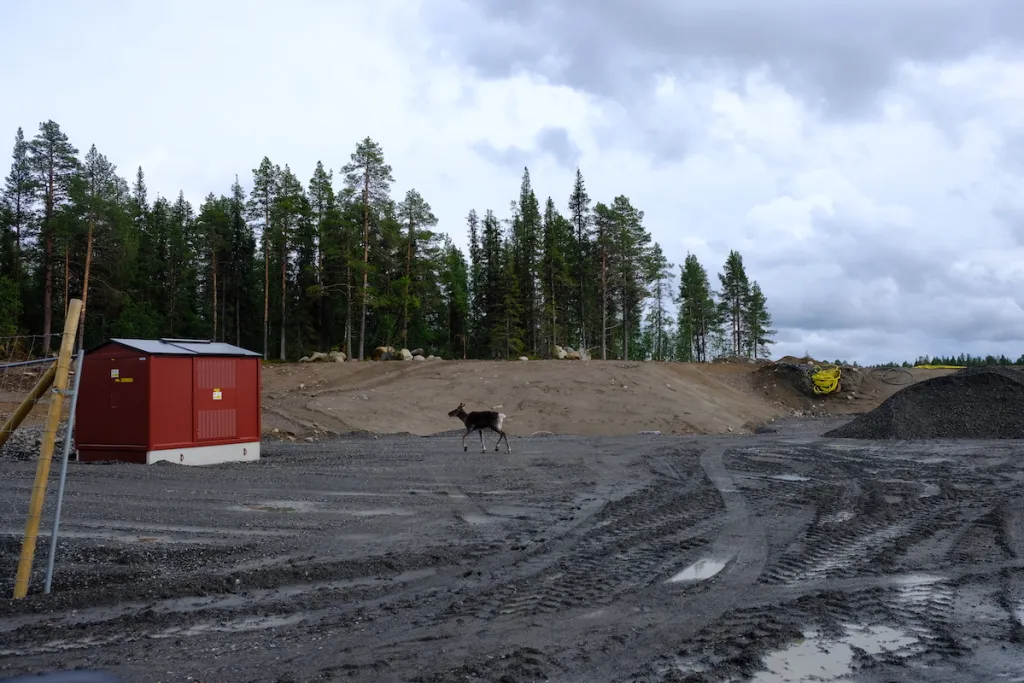
Apart from the odd reindeer herder encountering shards of metal on the snowy ground, for most people in Kiruna, the space sector is out of sight, out of mind. It’s hard to even see Esrange. I drove up to the facility with a colleague, only to be turned away at the gate, with all of the infrastructure hidden behind tall stands of trees and barbed wire fences. This being Sweden, all of the guards were very polite. They directed us to the visitors center, where hot cups of coffee and cookies could be had while perusing the well-designed informational exhibits on outer space.
In Kiruna, most residents’ jobs relate to mining rather than space. The city’s identity is completely tied up with iron ore as opposed to rockets and satellites. As one individual working at the newly built Kiruna city hall – a black, white, and gold building which would look more appropriate in Dubai – observed:
“Esrange? I think the local people could care less. But, the Vice President of the Municipality, he is a big champion for space. He thinks iron ore, all this will go away, and the future is space. I wouldn’t be surprised if there were a municipal space station. Because space, it used to be the nation-state. Now, it’s smaller places, with small companies.”
AN EMPLOYEE AT KIRUNA CITY HALL
With potentially dozens of satellites rocketing into the air from Kiruna as soon as next year, local people may soon start to care more. A small, privately-run high school is also training the next generation for careers in space.
At the very least, residents will be unable to ignore the sound of launches as Mainland Europe’s first spaceport comes into being. The deep rumbling of rockets will add to the Arctic city’s industrial chorus. Already, every night at 1:30 am, underground blasting occurs to dislodge iron from the ore body. Throughout the day, the world’s heaviest locomotives groan and creak as they pull out of the mine facility on their way to Norway’s coastline.

A little over a century ago, reindeer hooves pitter-pattering across newly fallen snow, ice melting and dripping under the first rays of the spring sun, and birch leaves rustling in the autumn breeze composed Kiruna’s soundscape. Now, with no respect for the seasons, there is instead the unrelenting constancy of iron ore mining, of rocket blasting – only interrupted by war thousands of miles away – and, next year, of satellite launching.
Soon enough, one will have to travel to outer space to experience the stillness and solitude that once characterized the Arctic.
This post first appeared on Cryopolitics, an Arctic News and Analysis blog.
Related stories from around the North:
Canada: Elon Musk’s Starlink high-speed satellite internet service begins northern rollout, CBC News


